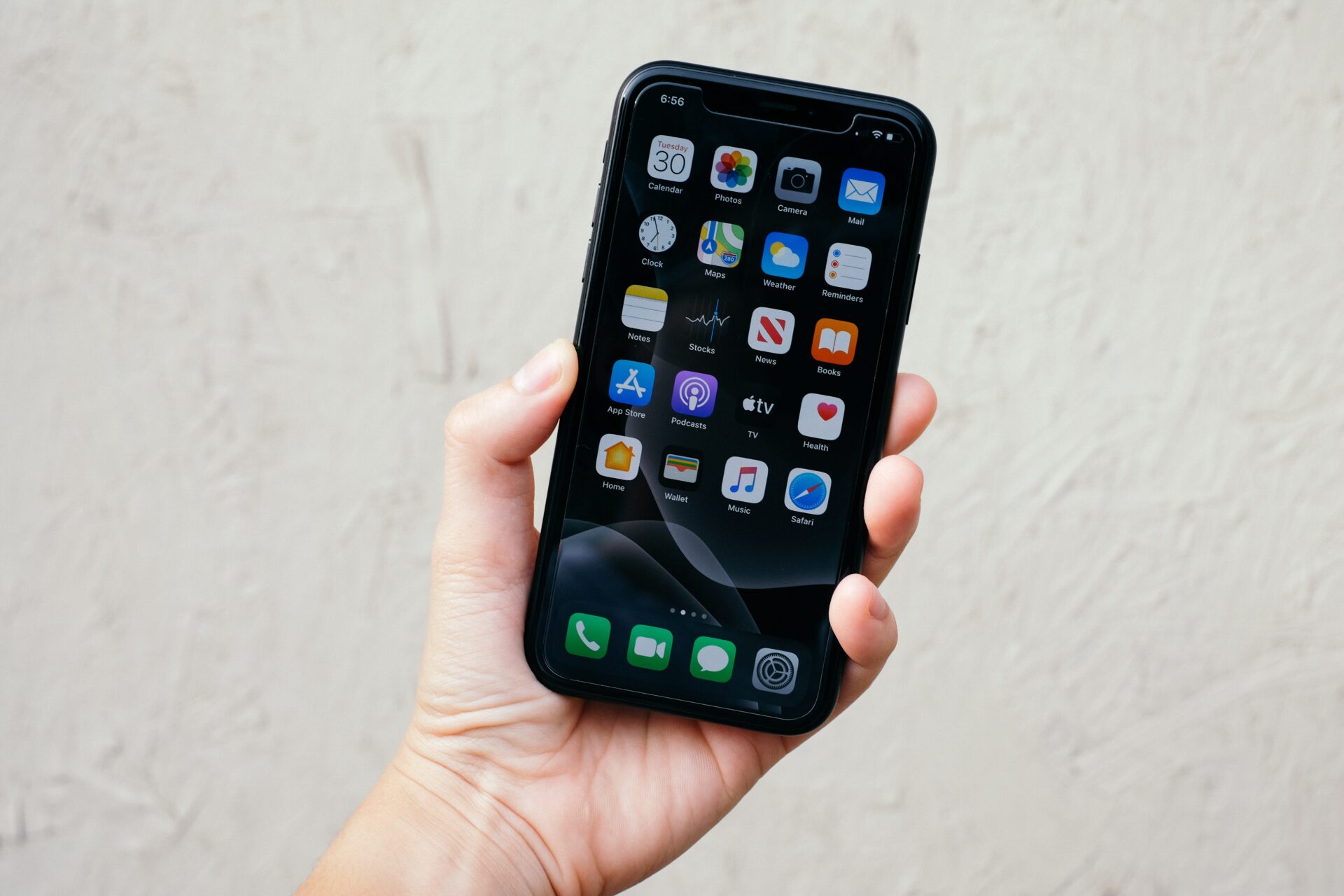Launching a mobile app is an exciting venture. There’s always the possibility that you might have created the next popular social app like TikTok, or the latest business utility app like Slack. However, before you launch, there are some critical steps you need to take to ensure your success.
1. Research and test your market
Do you know for sure that your app is what your market wants? Have you tested your idea in your market to see if it’s a fit? It’s critical to know whether or not your app will be used before you spend thousands of dollars on development. The average app costs $6,453 to develop and sells for 99 cents. If you need extensive engineering, you can expect to pay more because that’s what makes app development expensive. You’ll need to make a lot of sales to recover your costs.
It’s possible to create an amazing app that doesn’t catch on because the demand isn’t there. This happens to a lot of people. In fact, most apps fail and it’s not always because it’s a bad idea. Many apps are useful and well-made, but people are overloaded with technology and it takes a lot to get them to use another app. It has to be an absolute essential for their day or it will fall to the wayside.
According to data sourced by Inc.com, 23% of users abandon new apps after one use. Worse, iPhones have a setting that uninstalls apps that don’t get used within a certain period of time. For iOS users, if they don’t interact with your app regularly, it will be automatically uninstalled and they’ll forget about you. Researching and testing your app in your market will tell you if you’re on the right track.
2. Test your app extensively
Apps are going to have bugs, and people will tolerate minor issues as long as you fix them quickly. However, you can prevent a lot of user frustration by testing your app extensively before your first release.
For example, make sure your app is compatible with all devices and browsers and has excellent usability. Get a variety of people to test your app from different devices and make sure all known issues are resolved before you put it on the market.
3. Have a plan to explain what’s new in each update

Each time you publish an updated version of your app, it’s important to let people know what’s new in each release. For example, did you update security or improve the UX/UI? Did you add all new features that make your app more useful?
In addition to explaining what you’ve added (or removed) from your app, give people ideas for how they can use the new features. For instance, check out the way Cetaris provides examples for how each of their new features can be used to support workflows and record keeping. This is a great template to use for your releases.
4. Make yourself available to your users
It’s crucial that you make yourself available to your users so they can provide you with feedback about your app. The easiest way is to set up a discussion forum where users can post questions or submit support tickets when they find bugs. If you have a great app, you’ll probably create a solid social community that will voluntarily (and unofficially) answer people’s questions on the discussion forum.
You can also create a FAQ section on your website that addresses common issues and their resolution. This doesn’t have to be for troubleshooting bugs, but for common questions people have about using your app.
5. Gather email addresses to market your app

Before launching your app, make sure you have a decent email marketing list where you can make the announcement. You’ll need to do some pre-launch marketing to generate leads who are interested in your app, but that’s easy to do by connecting with a marketing firm.
If you don’t have anyone to announce your app launch to, you won’t get that much attention. Don’t let your launch fall flat. Gather your marketing contacts for as long as possible beforehand.
6. Choose a reasonable price point
Most people expect apps to be cheap, but that’s not always the right move. If you’ve designed an application that is meant to be the core tool for running a business, it’s worth more than 99 cents.
Price your app according to the value it provides. The ideal app will be one that people use frequently, either for entertainment or business purposes. However, apps that support a business in increasing revenue or automating their workflow are generally priced higher because they directly contribute to the company’s ROI.
Are you ready to launch your app?
If you’ve covered all your bases and you’re ready to launch your app, don’t wait any longer – send out your emails, make those announcements, and get it into the app stores.
Once you distribute your download links, make sure you monitor user feedback and reviews so you can address any issues that arise. Keep an update log of new releases, and remember to respond to your user base when they share their feedback.
It’s your app, but always let your users guide decisions that impact the user experience.
